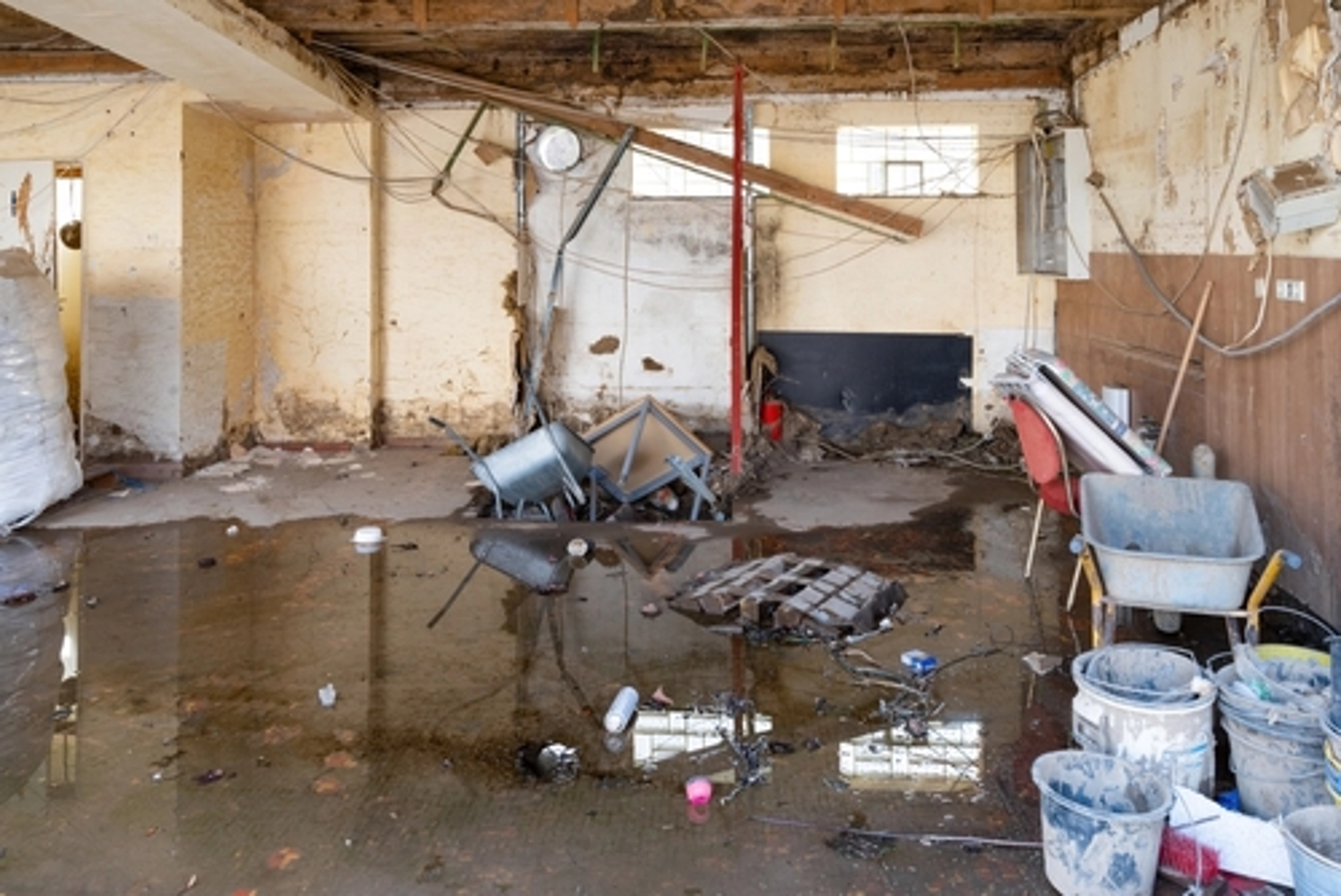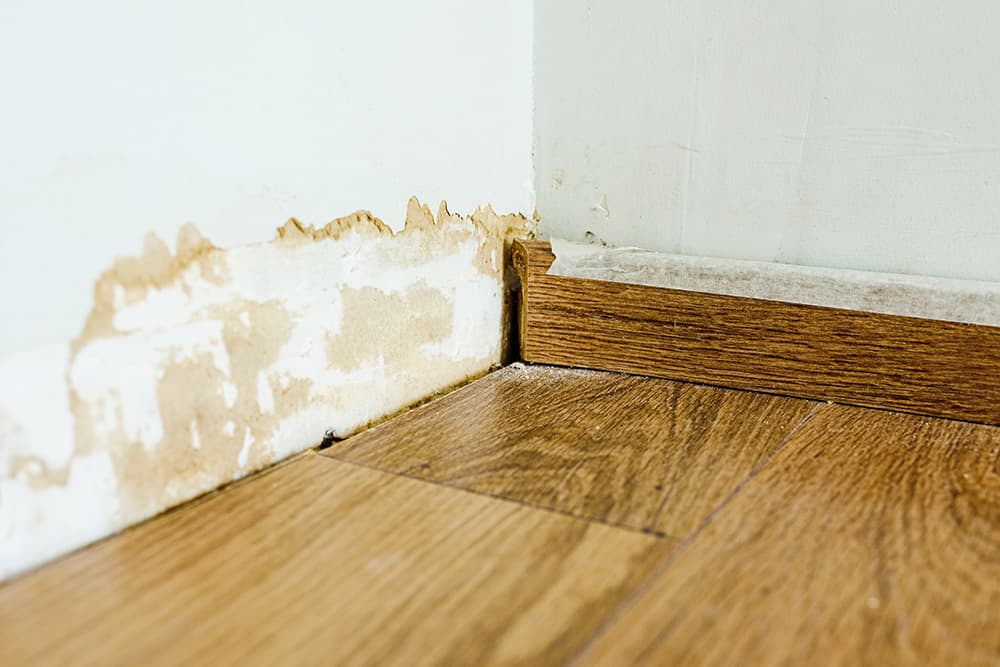Professional Water Damage Restoration for Homes and Businesses Near You
The Process of Water Damage Cleaning: Guaranteeing Your Home Is Brought Back Properly
Water damages can be a difficult challenge for house owners, necessitating a organized and precise cleaning process to recover safety and security and capability. A detailed analysis is important to recognize the extent of the damages and figure out the ideal removal actions. Following this, efficient water removal methods play an essential function in alleviating additional injury. The subtleties of drying out, disinfecting, and ultimate reconstruction are equally important and frequently overlooked. Recognizing these stages can make a considerable difference in the result of your home's repair, prompting a closer check out what each action entails.
Analyzing the Damages
Upon finding water damages, the initial step is to thoroughly assess the degree of the impact. This preliminary examination is crucial, as it helps establish the needed actions for reliable cleaning and remediation. Begin by checking the impacted areas, consisting of walls, ceilings, floors, and individual valuables, to determine the source of the water breach, whether from flooding, leaks, or condensation.
Documenting the damages is essential for both insurance coverage claims and planning reconstruction efforts - damage restoration services. Usage photos and composed notes to catch the severity of the damage, keeping in mind any type of afflicted structural components and products. Pay unique interest to areas that might not be quickly visible, such as behind walls and under rugs, as hidden wetness can cause more issues, including mold and mildew growth
In addition, examine the timeline of the water direct exposure. Ultimately, a comprehensive assessment lays the foundation for a successful water damages cleanup procedure, making sure that all affected areas are resolved efficiently and extensively.
Water Extraction Techniques

Experts usually utilize submersible pumps for bigger quantities of water, which can rapidly minimize flooding in basements or various other influenced areas. For smaller amounts, wet/dry vacuums are typically made use of to draw out residual moisture from carpets and difficult surfaces. Additionally, making use of portable extractors permits targeted elimination in restricted rooms or areas with delicate products.
In instances of polluted water, such as sewage or floodwater, advanced extraction techniques may involve making use of biohazard devices to guarantee safety and security and compliance with health policies. High-powered extraction tools are vital in lessening water retention in structural products, which can result in mold and mildew growth and structural wear and tear if not addressed immediately.
Eventually, the efficiency of water extraction strategies plays a pivotal function in the general success of the water damage clean-up process, preparing for succeeding repair initiatives.
Drying and Dehumidification
As soon as standing water has been efficiently extracted, the next important phase in the water damage cleanup process is drying and dehumidification. This action is important to prevent additional damage and mold development, which can take place within 24 to 48 hours in wet environments.
To attain efficient drying out, specific devices such as industrial-grade air movers and dehumidifiers is utilized. Air moving companies distribute air across wet surface areas, boosting evaporation rates, while dehumidifiers reduce moisture levels in the air, promoting a conducive atmosphere for drying out. The mix of these devices ensures that dampness is attracted out from furnishings, floors, and walls, permitting them to dry extensively.
It is necessary to keep an eye on the drying out process very closely. Professionals often utilize moisture meters to examine the dampness web content in different products, making sure that all impacted locations get to appropriate dryness levels. This careful strategy helps to avoid surprise wetness pockets that might cause structural damage or unhealthy mold and mildew growth.

Cleansing and Sanitizing
After the drying and dehumidification stage see this website is total, the following essential action in water damages cleaning is cleansing and disinfecting the affected areas. This process is important to avoid the growth of mold and mildew, bacteria, and other microorganisms that grow in wet environments.
The cleansing phase usually includes removing any particles, dirt, and pollutants from surfaces making use of specialized cleaning representatives. For difficult surfaces, a mix of soap and water or business cleaning products is frequently used. Soft materials, such as furniture and rugs, may need a lot more considerable cleansing methods, consisting of heavy steam cleaning or deep removal techniques, to make sure complete hygiene.

Sanitizing follows cleaning, making use of EPA-approved disinfectants to eliminate damaging microbes. This action is necessary, particularly in locations that might have come right into call with floodwaters or sewer, as these resources can posture major wellness dangers.
In addition, it is necessary to deal with any kind of remaining smells, which might need the use of smell neutralizers or sophisticated techniques like ozone treatment. Proper cleansing and sterilizing not only bring back the safety and security and hygiene of your home yet likewise prepared for effective repair and repairs in subsequent phases of the water damages cleanup process.
Reconstruction and Repairs

When the assessment is full, reconstruction initiatives can start. This generally entails fixing or replacing broken products, ensuring that all job abides with regional building regulations and criteria. As an example, if drywall has been jeopardized, it will certainly require to be removed and changed with new product. Furthermore, flooring might call for comparable attention, relying on the degree of water exposure.
It is crucial to involve knowledgeable remediation professionals throughout this process, as they possess the experience to deal with intricate repair services successfully. In addition, they can help alleviate potential future problems, such as mold growth or architectural instability, therefore guaranteeing a habitable and safe living setting. Ultimately, efficient remediation and fixings recover the home's honesty and enhance its total worth.
Verdict
Finally, the procedure of water damages cleanup is important for recovering a home to its pre-damage problem. Each stage, from evaluating the damages to implementing reliable water extraction methods, adhered to by complete drying out, sterilizing, and needed repair work, plays a crucial role in making sure security and conformity with structure criteria. Efficient execution of these actions not just reduces prompt damages yet also boosts the long-lasting integrity and worth of the residential property.
Water damage can be a difficult obstacle for homeowners, demanding a precise and structured cleaning process to bring back safety and capability. Ultimately, an extensive evaluation lays the foundation for an effective water damages clean-up process, making sure that all impacted locations are addressed effectively and thoroughly.
Effective water extraction techniques are necessary in minimizing damages and protecting against further problems adhering to a water breach event.In conclusion, the process of water damages cleaning is essential for restoring a home to its pre-damage condition. Each phase, from evaluating the damage to applying reliable water removal strategies, adhered to Full Article by extensive drying, sterilizing, and required repairs, plays an important role in making sure safety and security and conformity with building standards.